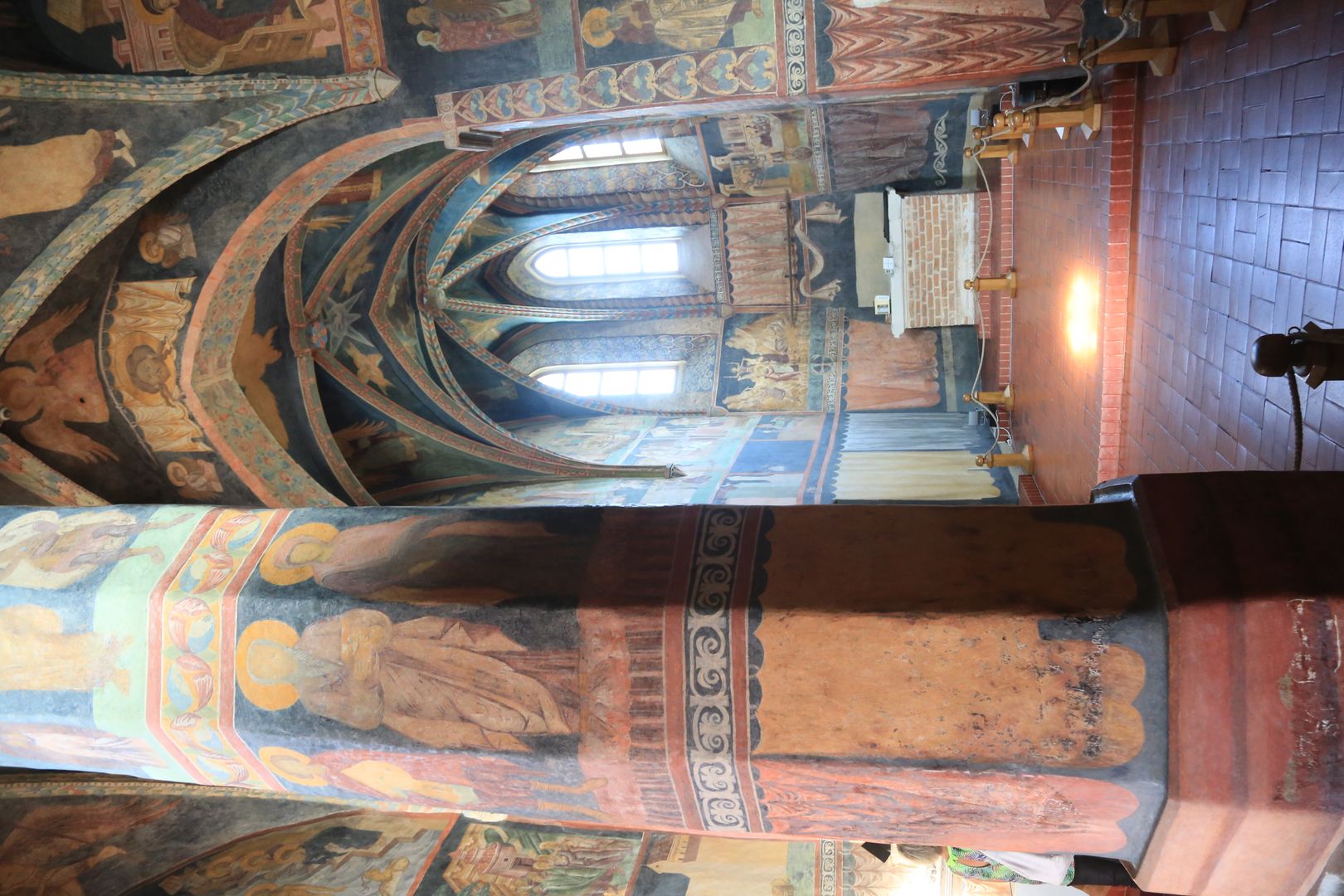Holy Trinity Chapel in Lublin
6.13

Overview
The Holy Trinity Chapel in Lublin, also known as the Castle Chapel, is a unique structure located in the castle courtyard, built between 1341 and 1370 during the reign of Casimir the Great. Its architecture, typical of the Gothic style with a square nave and a polygonal presbytery, stands out among other medieval buildings due to its division into two levels and numerous religious elements. The chapel's walls are adorned with 15th-century Byzantine polychromes, the work of anonymous Ruthenian painters under the direction of Master Andrzej, giving it cultural and artistic significance. The interior is majestically decorated with religious scenes and portraits of Władysław Jagiełło, which preserve the historical contexts of his reign. The chapel, which served as a liturgical place for kings, underwent numerous changes over the centuries, especially after the decree of Pius VII in 1818, when it lost its original character and was transformed into a prison chapel, leading to the destruction of priceless paintings. Renovations, mainly carried out in the 20th century, restored some of its former glory, with the latest work completed in 2008, allowing for the discovery and preservation of fragments of the 15th-century polychromes. Interestingly, in 2017, the National Bank of Poland issued a commemorative coin featuring the chapel, and in 2011, it was honored with the title of "One of the 7 New Wonders of Poland" by National Geographic Traveler magazine. The Holy Trinity Chapel in Lublin is thus an important landmark on Poland's cultural map, serving as a testament to architecture, royal history, and sacred art.
Location
Tickets
Powered by GetYourGuide
2025 Wizytor | All Rights Reserved